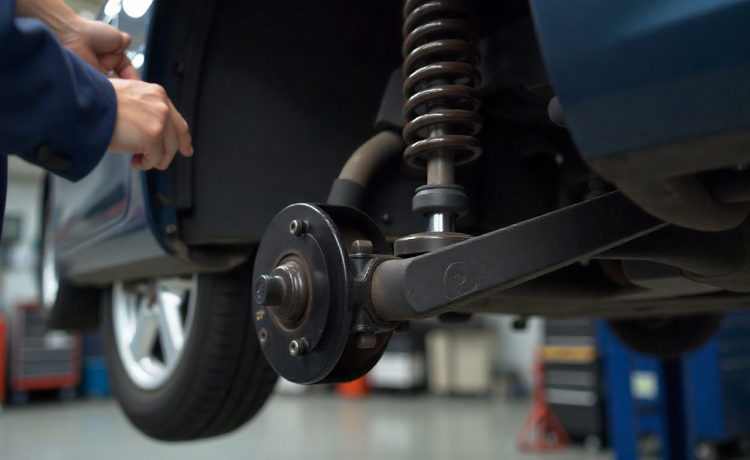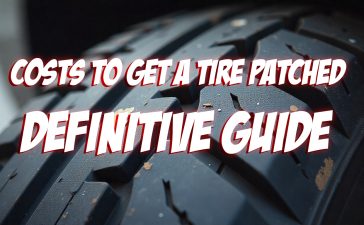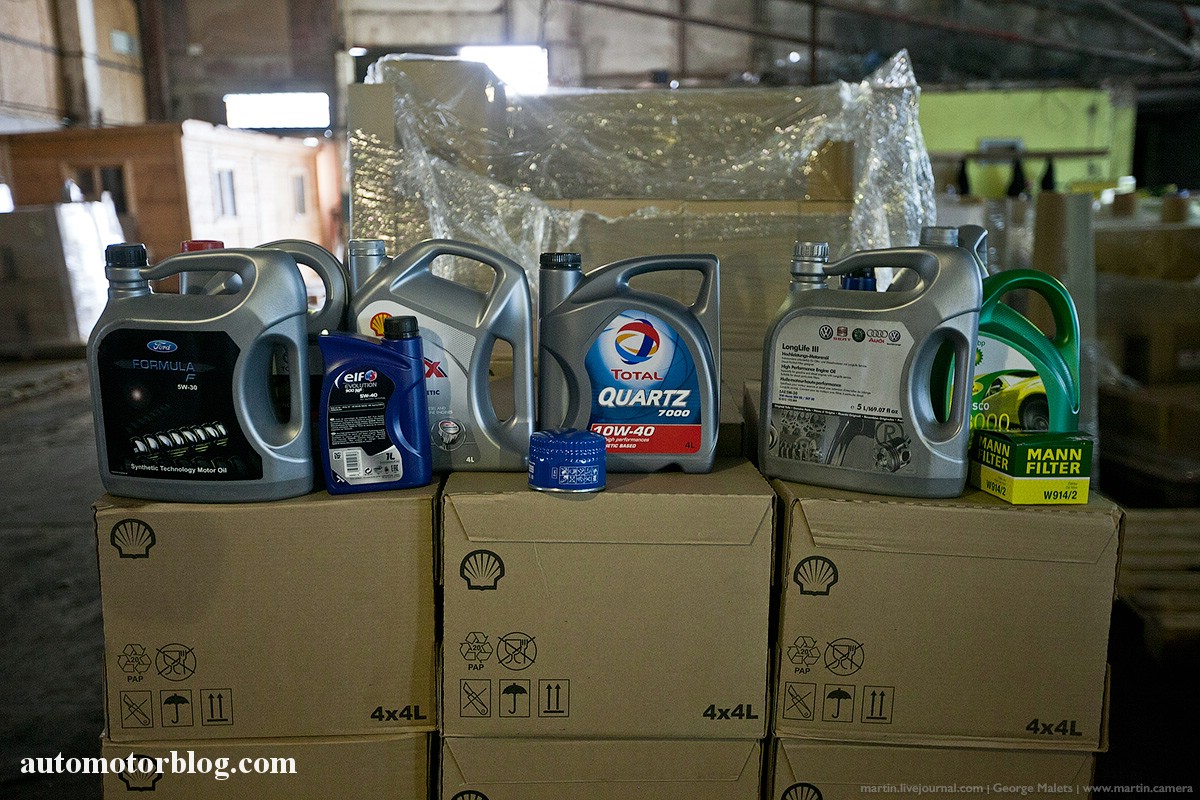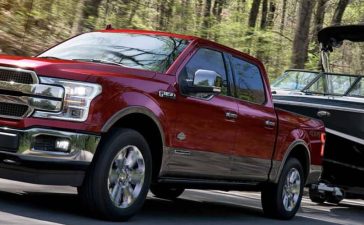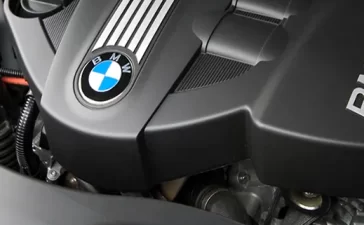Upgrading a car’s stance and handling begins with suspension tuning knowledge. Many first-time enthusiasts look at ride height or wheel fit but miss how the underlying adjustments transform the way a car behaves.
A factory setup is designed for a broad audience. Tuning lets you shape the feel, responsiveness, and appearance for your own driving style.
Table of Contents
Building a Foundation for Performance
The first is to realize that springs, dampers, and linkages all have to act as a system. Changing one aspect but leaving the others unassessed can lead to a rough or bumpy ride. Coilover systems are used by new drivers due to the fact that they come in a small package, both as a spring and a shock.
The option to change ride height, damping, or preload is desirable to anyone seeking a quicker cornering response or a lower ride height without losing the ability to drive the car in everyday life.
Familiarity with Travel and Limits
Suspension components are meant to travel within a given range. Beyond such a range causes severe effects or destruction. A suspension bump stop of the appropriate size is an additional protective measure to provide a buffer of force before coming into contact between metal parts.
This little bit of polyurethane or rubber is what most people do not take into consideration but it is what affects the feel at the limits of compression of the suspension. Choosing the right density and length can soften abrupt hits and preserve both comfort and component life.
The Appeal of Air Systems
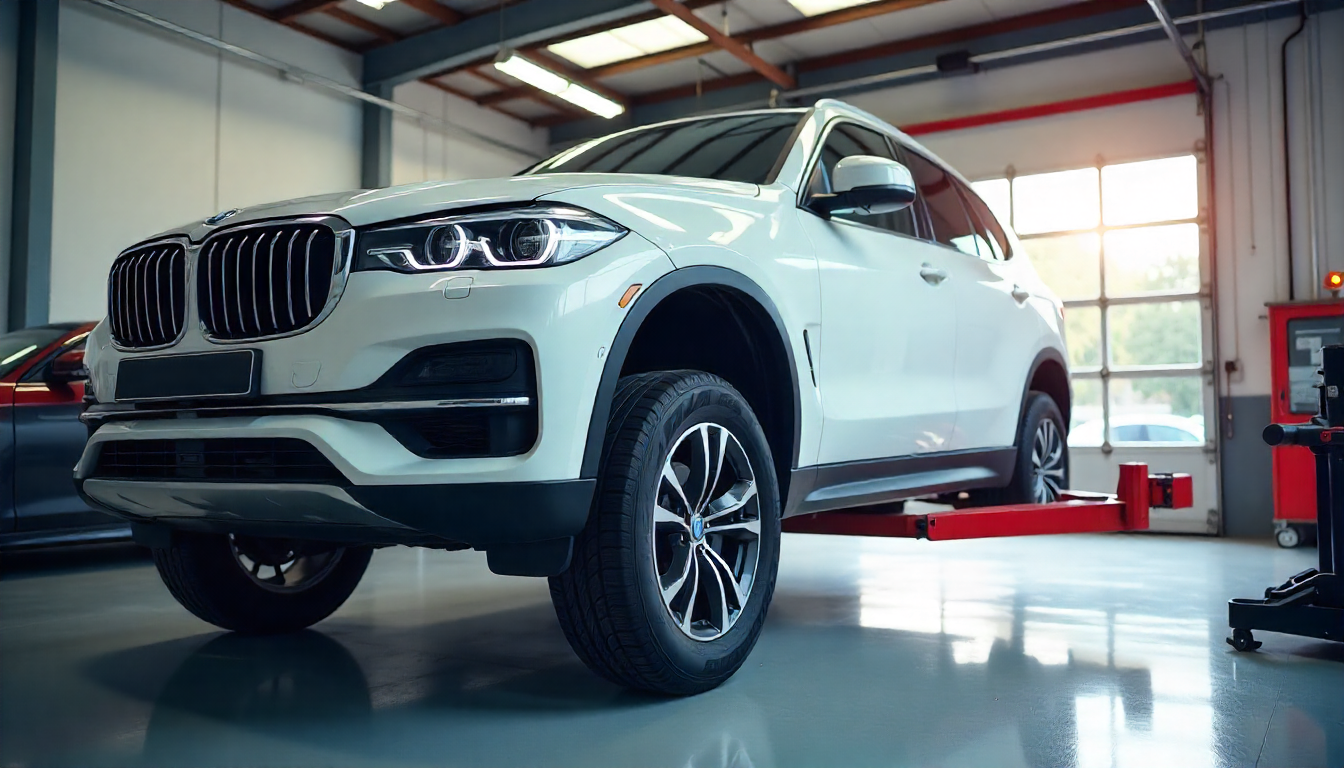
For those who want variable ride heights at the touch of a button, air suspension parts offer an entirely different approach.
Air springs substitute the conventional coils using flexible bladders that are managed by valves and compressors.
This installation allows a car to be low at a show and then lift it up to normal driving or rough roads. The current systems have become more advanced with the use of digital controllers that oversee the pressure and automatically fine-tune to cause a balanced stance.
Knowing the fundamentals of the air lines, fittings, and repairs will assist amateurs in extracting decent performance out of such elements.
Taking Advantage of Learning Resources
With the emergence of online communities, it is now easier than ever to acquire practical knowledge. Numerous fans exchange construction, hints, and entire tours. It is possible to watch how-to suspension videos prior to beginning a project and it can help understand every step, such as clearance measurements and dialing in damping settings.
These visual aids help de-jitter-shake what could otherwise be an intimidating set of adjustments and will usually offer little time-saving secrets that will avoid errors.
Balancing Comfort and Handling
Suspension tuning is not only focusing on violent appearance. A properly dialed system enhances trust in the steering wheel. It minimizes the roll of the body, enhances the steering feedback, and plants the tires when the acceleration is hard or when braking.
Meanwhile, comfort is a concern on actual roads. Tilting the spring rates and damping in such a way that the suspension is moving freely over bumps makes a car much more pleasant to drive. Finding the necessary balance for your specific case is both science and art.
Fine-Tuning Ride Height
Reducing or increasing a car does not just change its look. It displaces the center of gravity and influences the suspension geometry. The checking of the camber, caster, and toe should follow a change to ensure that tire wear is within control and the steering is predictable.
Coilovers can either have camber plates or can be adjustable at the knuckle and this can be useful in adjusting to the correct alignment. In the case of air systems, ride height measurement at driving pressure as opposed to show pressure is more accurate.
Damping Adjustments Made Simple
Most of the contemporary suspension kits have adjustable damping knobs. These determine the speed with which the shock absorber compresses and rebounds. A clockwise turn of the knob tends to stiffen the response, whereas an anticlockwise turn tends to soften the response.
Novices usually start at the setting recommended by the manufacturer and subsequently make incremental adjustments after each drive and make notes afterward. It is a long process, but as time goes by, it shows how every click will impact cornering, braking, and the quality of the ride.
Upgrading Supporting Components

When you start driving your car harder, you should take into consideration the components that bear the main springs and shocks. With more powerful end links, there is a lesser sway bar deflection. Control arms are adjustable to enable more accurate alignment.
Quality bushings reduce undesired movement and maintain suspension articulation. Hardware, like locking collars or longer top hats, can also be installed more easily and result in better reliability in the long run.
Exploring Air Lift Systems
Within the air ride segment, air lift systems stand out for their combination of on-board compressors, tanks, and smart controllers. These packages allow real-time changes in pressure from inside the cabin.
Some systems even store various presets so that you can have one setting of a comfortable cruise and the next one of firm performance at the touch of a button. As a beginner, it is better to be aware of as much as possible about air flow and wiring. Clean routing ensures that there are no leakages and electrical problems to affect the system, and it functions as it is supposed to.
The Importance of Testing and Feedback
Following any suspension change, there must be a test period. At first, drive on well-known roads at moderate speeds. Watch and hear a strange sound, and be attentive to the car’s response to bumps, acceleration, and braking.
Take steps gradually instead of one step. This method creates a mind database of the effects of each adjustment in the ride. It will enable you to build up a personal baseline that you will use to make subsequent changes.
Professional Alignment and Safety
Even when you do everything by yourself, you may want to have the car corrected in a garage that has professionals who can do the correct work. The special machinery is able to measure angles much more accurately than the eye can.
Right alignment ensures consistent steering as well as avoiding imbalanced tire wear, saving money and enhancing safety. There are a lot of alignment shops that know how to modify the suspensions and can tailor them to your driving needs.
Maintenance for Long-Term Performance
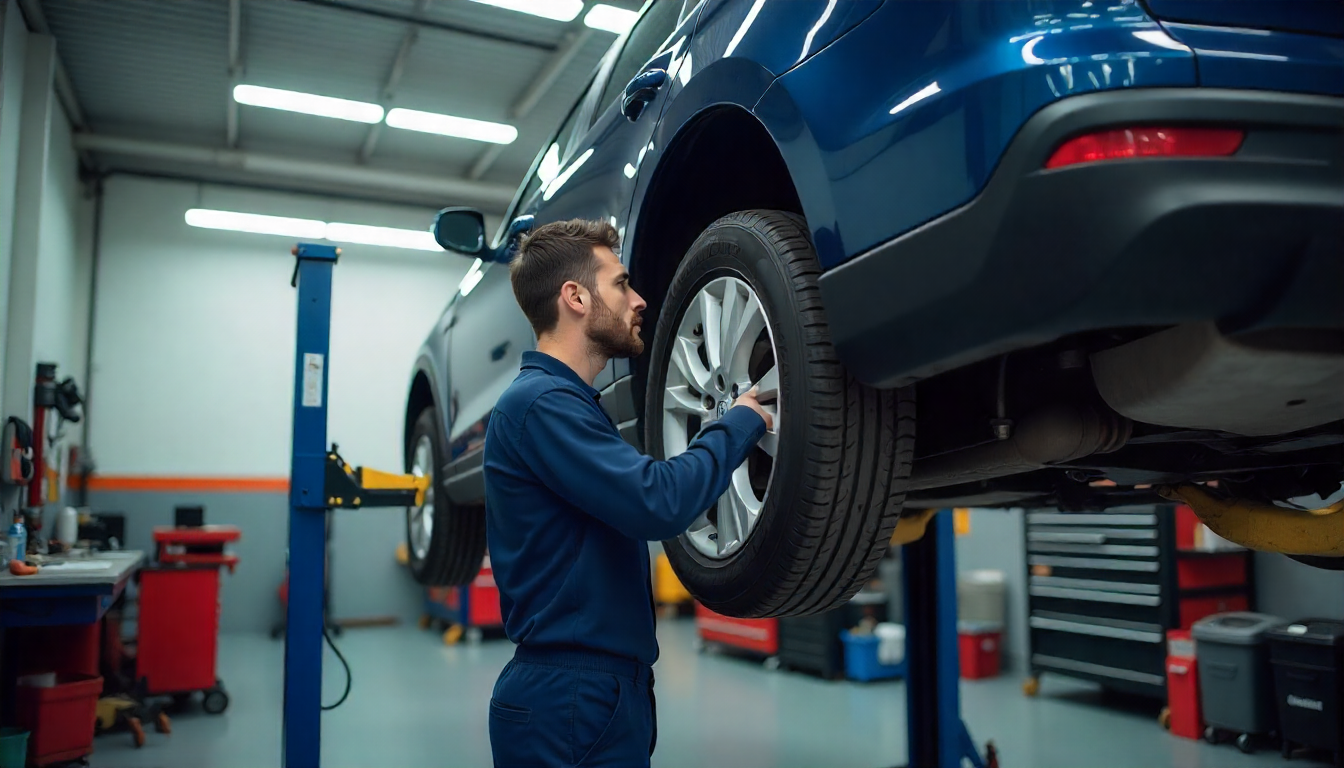
Components of suspensions work under a continuous load. Wear is accelerated by dirt, moisture, and road salt.
Small problems are easily turned into large ones by regularly checking them. Inspect leaking shocks, broken bushings, and loose hardware.
Clean threaded sections of coilovers so that adjustments remain easy for months or years later. For air systems, drain moisture from tanks and inspect lines for chafing. These habits preserve performance and extend component life.
Developing Your Tuning Philosophy
The objectives of every driver vary. Others focus on the performance of the tracks.
There are those who desire a show car and still want to be comfortable driving it.
The beauty of the modern technology of suspension is its versatility. Begin with a bright idea of the way you desire your car to feel on the road.
Then, trial by trial, learn of every change. Record your settings so that you can go back to them when necessary. With time, you will have a kind of tuning that suits your personality and driving habits.
Turning Knowledge Into Action
A more personalized driving experience is within reach through suspension tuning. From the identification of the role of the suspension bump stop up to the experimentation with air lift systems, every step brings you closer to a solution that is accurate to your requirements.
Through research, focusing on corrections and practical testing, any beginner can turn an ordinary car into one that will feel like a part of his or her family on any road or exhibition field.


